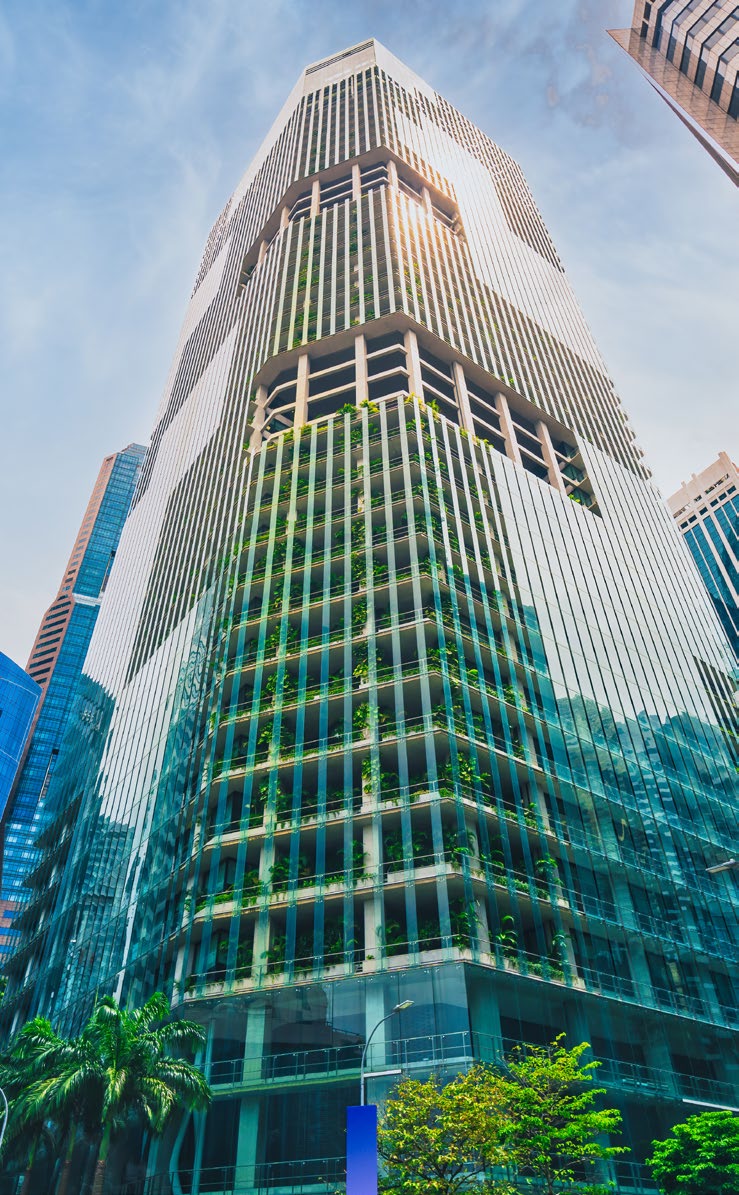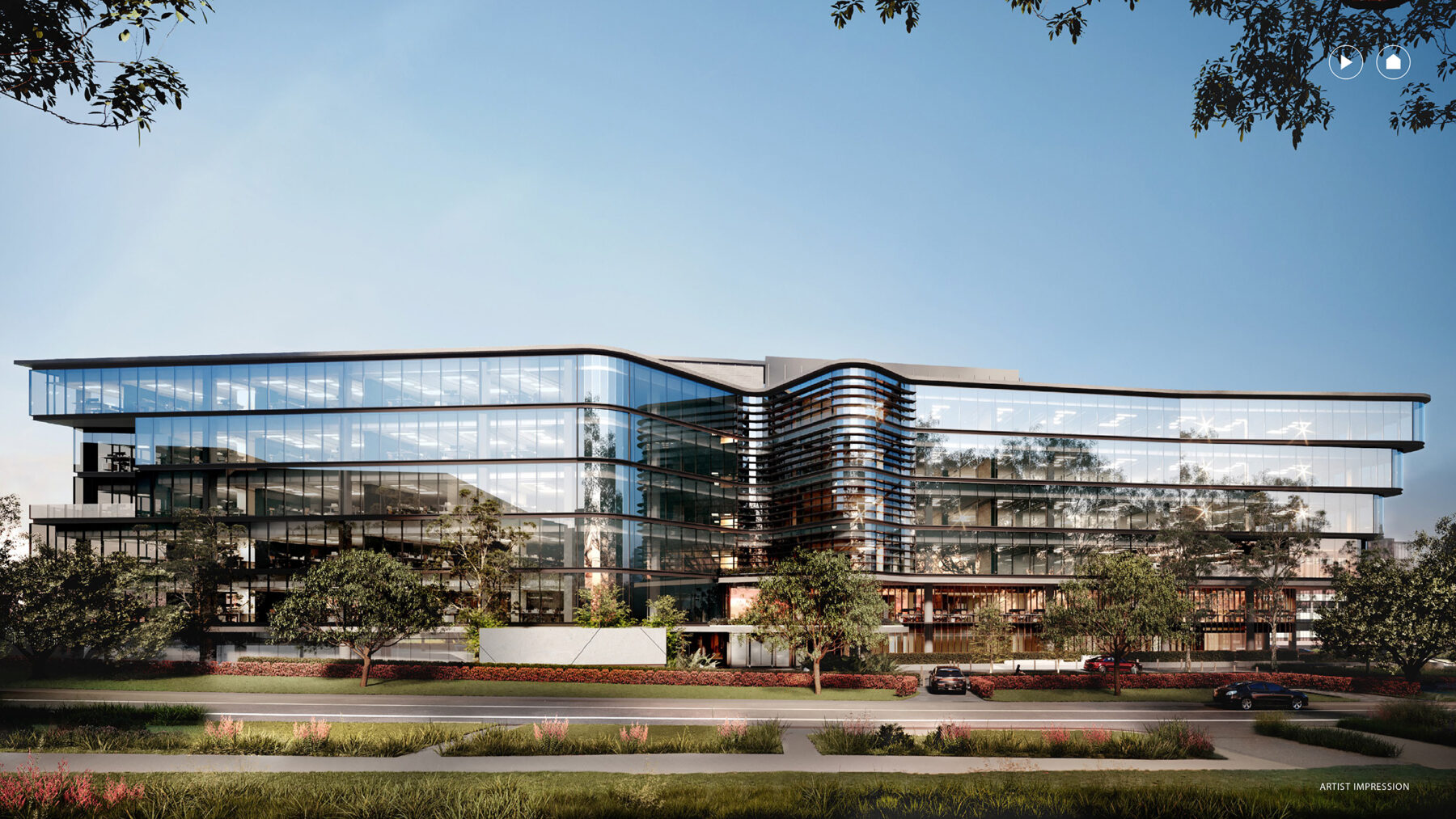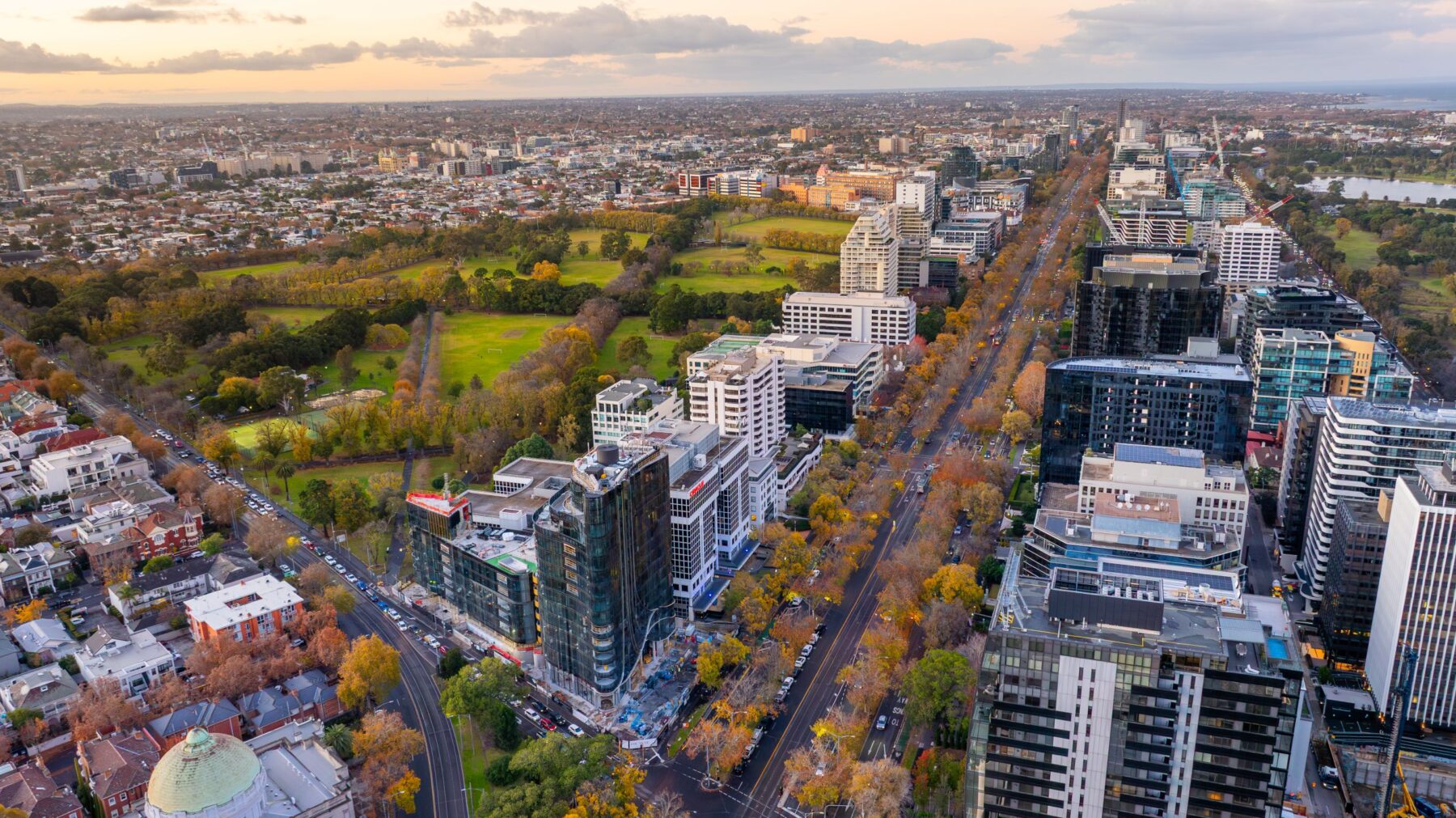Nine in 10 commercial real estate occupiers in Asia Pacific are targeting 100% green certified portfolios by 2030
26 March 2024
Corporate net zero carbon (NZC) goals are driving ambitious portfolio decarbonisation strategies for occupiers in Asia Pacific, leading to a significant gap between supply and demand for sustainable buildings in the region. The mismatch between supply and demand will drive strong competition among occupiers seeking low-carbon office spaces in the years leading up to 2030.
According to global real estate consulting firm JLL (NYSE: JLL), 87% of occupiers surveyed across Asia Pacific are targeting 100% green certified portfolios by 2030, up from 4% of certified portfolios currently. The sentiment is particularly strong in countries including India, Malaysia and Thailand, with over 95% of occupiers targeting 100% green certified portfolios.
The challenge, revealed by JLL’s analysis, shows that across Asia Pacific, for every 5 sq. ft of demand, only 2 sq. ft of low carbon space is in development from now until 2028.
The new research builds on JLL’s Sustainability Offices City Index in October 2023 which evaluated 20 cities in Asia Pacific on four themes – green stock, physical risk to buildings, city competitiveness and city administrations’ proactiveness with NZC targets.
“Today, leasing office space in green certified buildings is no longer a differentiator but a minimum criterion for most occupiers in Asia Pacific. In addition, we are seeing more and more companies adopt sustainability strategies such as energy audits, sustainable fit-outs, and green leases to achieve sustainable workplaces,” says Kamya Miglani, Head of ESG Research, Asia Pacific, JLL. “In the future, we expect occupiers to raise the benchmark and start demanding building performance and sustainability data over and above green building certifications to make sure that assets are aligned to their NZC goals.”
Renewable Energy for Sustainable Expansion
74% expect half their energy needs to be met by renewables, compared to 9% from renewable sources today. The transition to renewable energy is a critical step for the real estate industry to redefine and transform buildings from passive energy consumers to active contributors through onsite renewable energy generation.
The collaboration between landlords and occupiers will be crucial to fulfilling sustainable building demand. Currently, many occupiers rely on Renewable Energy Certificates (RECs) and Power Purchase Agreements (PPAs) for renewable procurement.
Fit-Out Opportunities: Addressing Scope 3 Emissions
While developers typically focus on the embodied carbon footprint of building construction, the impact of fit- outs is often overlooked. Currently, 65% of occupiers surveyed have cited investments required for office fit- out as one of their greatest sustainability challenges.
Building fit-outs contribute to around one-third of emissions, especially as the average office has changes made to its interior at least 20 times in its life cycle. This lack of focus on fit-out emissions stems from the traditional separation between teams responsible for building development and interior fit-out.
“Breaking established silos is key to transitioning towards zero waste in the design phase through to procurement and strip-out, to support the reduction of emissions associated with waste and material use,” Miglani adds.
Building Performance Data and Evolving Standards
As decarbonisation goals intensify for portfolios, occupiers demand building performance and sustainability data that goes beyond certifications. As a result, occupiers are turning towards sustainability technology for automation of environmental data tracking and reporting, and utilising artificial intelligence for energy efficiency gains.
However, navigating the ever-changing and complex landscape of ESG regulations and reporting remains a challenge. As regulation plays a key role in assessing alignment with climate targets within the global and regional contexts, the key is to identify and evaluate the most relevant and important standards within the context of the organisation’s own ESG strategy.
“Across Asia Pacific, there is going to be strong competition for sustainable assets. Occupiers need to navigate this reality through robust planning across their real estate value chain, resulting in stronger collaborations with stakeholders like landlords, investors, technology partners and city administrations,” says Elke Kornalijnslijper, Head of Sustainability Consulting, Asia Pacific, JLL. ‘As companies move beyond making commitments to implementation, we’ll increasingly see a mindset shift from “how much will a green portfolio cost my business” to “how much will not be investing in making my portfolio green cost my business”.’



